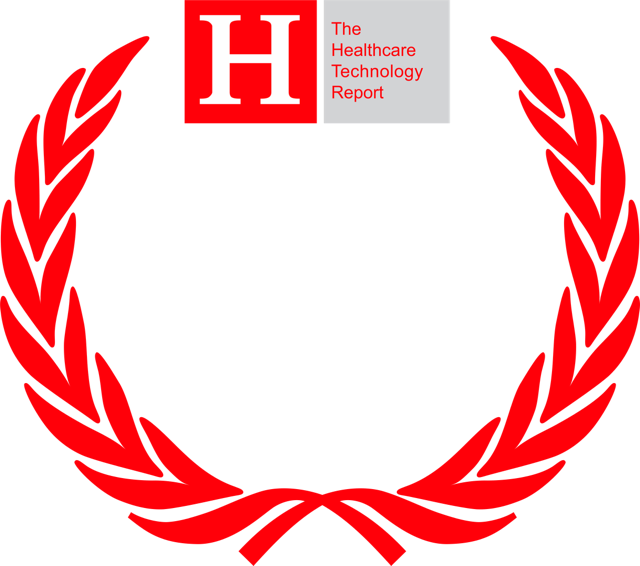JEFFERSON COUNTY, Ohio — Wearing masks to protect our quality of breathing is something Americans have been told a lot in the past few years.
But have you ever been told to wear a mask to protect your breathing while you sleep?
Nearly 30 million people suffer from sleep apnea in the United States, according to sleepeducation.org. That number jumps to 1 billion worldwide.
And the number that is most concerning — 23.5 million U.S. adults remain undiagnosed.
“They are at increased risk of cardiovascular disease, particularly Atrial fibrillation, congestive heart failure, stroke, carotid artery disease,” said Dr. William Noah, senior medical director, Sleep Centers Middle Tennessee.
“They’re at risk of hypertension, increased risk of diabetes times 2.”
Noah has spent upwards of 30 years studying sleep medicine and says the number of people diagnosed with sleep apnea grows every year. The most recent study was conducted by the university of San Diego.
“They looked at sleep apnea around the world, and in the U.S., they estimate as high as 37 percent of adults have sleep apnea,” Noah said. “That’s not saying 37 percent need treatment, but they would actually qualify under the diagnosis.”
Noah says if untreated, the effects of sleep apnea could cause heart failure and ultimately death.
Knowing this information, NEWS9’s Addison Albert spoke with two subjects who opted for treatment.
“When they diagnosed me, I was stopping breathing as many as 300 times a night,” said Paul Giannamore, a 20-year sleep apnea patient.
“They sent me to a pulmonologist. This guy says you going to have to get this device that blows air into your nose at night to keep your throat from swelling shut while you’re sleeping, or slamming shut. I went ahead and did it because I knew having a heart attack in my 30s or 40s wouldn’t have been good.”
Giannamore described the discomfort associated with many diagnosed patients refusing treatment or stopping treatment early on.
“The head gear. In the summer it would get hot. Just not comfortable,” he said.
“Sometimes the headgear with the straps that you need to use to keep that in place they’ll slip, they might come undone, you might get a leak,” said Bill Phillips, new sleep apnea patient.
Phillips was recently diagnosed with sleep apnea and says the facemask that is made to help his sleep is what is causing him to wake up.
There is an alternate treatment involving zero head gear.
“Nothing goes in the nose because we use adhesive in order to keep the mask on you,” said Stuart Heatherington, executive chairman and founder, Bleep.
“There is no headgear or straps, so there’s nothing that you can over tighten so you can’t harm yourself.”
Heatherington has also been studying sleep for many years and came up with the apnea device after he and his family suffered from the diagnosis.
“My mom had a stroke in high school, and it turned out my dad had already been diagnosed with sleep apnea, and I knew my uncle and grandfather had it,” Heatherington said. “And I was like, well I don’t wanna have a stroke because everybody in my family gets heavier, so I’m going to go ahead and start therapy now. And it was terrible for the first 2 months kind of acclimating to it.”
He connected the treatment to both subjects to better understand the idea of a head gear free treatment.
The Nasal Cannula comes with adhesive stickers which universally fit under the nose creating a seal around the nasal passage.
The magnetic rings then attach to the tube making it less likely to leak, no need for head gear, and the ability to move around during a night’s sleep.
Heatherington says they received funding from the National Institutes of Health in order produce the product.
After over 2 weeks using the Nasal Cannula mask, we looked at the results:
“I saw the hours go up,” Phillips said. “It seems like it was about an hour-and-a-half to 2 hours more sleep in terms of how it was registering on the machine, so it was a nice adjustment to get a little bit more sleep.”
“No more headaches almost immediately,” Giannamore said. “The ability to be comfortable, the ability to not be worrying about waking up with an airstream in my eye or having to put headgear on and scarring yourself up and leaving dents all over you — it’s incredible.”
Giannamore also saw, according to his sleep apnea machine, a drop in wake periods.
“There were nights that I was getting interruptions an average of 3 to 4 times an hour, which is not good. It’s down to one or below one,” he said.
“It’s a great opportunity for patients who have dropped therapy or put it to the side because they felt like it was uncomfortable to be able to come back,” Heatherington said.
Heatherington says it’s important to continue to educate patients on the many treatment options there are in order to avoid the discomfort of a facemask.
Research continues to go on and scientists like Heatherington are learning better ways to treat patients through products like Bleep. In general, though he urges folks to continue to seek help.
“Regardless of which one, I’m going to continue to do it because it’s better for me,” Phillips said.
Most common signs of sleep apnea include loud snoring, excessive daytime sleepiness, and even depression, headaches, and dry mouth.
Consult with a doctor to learn more.
